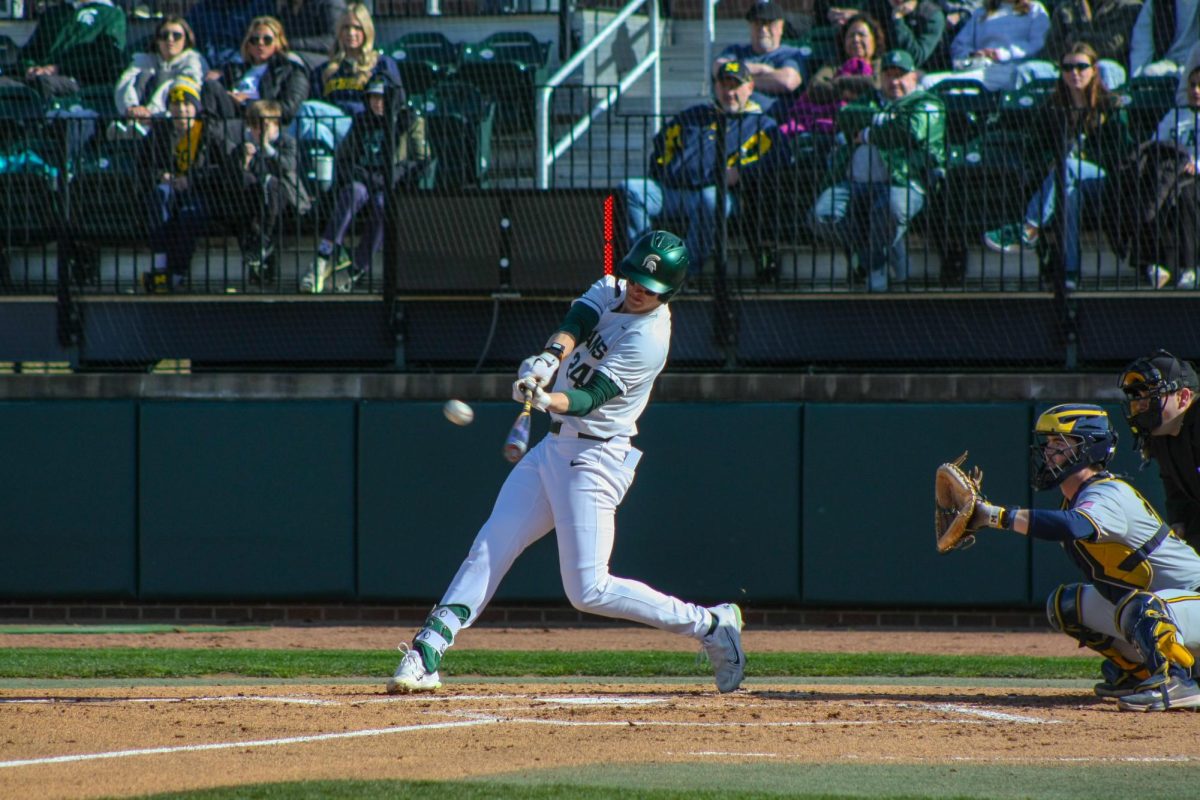NASCAR held a press conference to kick off the annual Media Tour on Monday at the Charlotte National Convention Center and announced an overhaul to the points structure. One which will reward drivers throughout the race, break the races up into three stages as well as reward a driver for performance in the regular season.
Present at the announcement were Executive VP of International Speedway Corporation Joe Chitwood, President of Roush Fenway Racing Steve Newmark, President of Hendrick Motorsports Marshall Carlson, President of Joe Gibbs Racing Dave Alpern, President of Stewart-Haas Racing Brett Frood, President and CEO of Speedway Motorsports Inc. Marcus Smith, Monster Energy Cup Series drivers Denny Hamlin, Dale Earnhardt Jr., Brad Keselowski, FOX Sports’ Jeff Gordon and NBC’s Jeff Burton.
Stage one will make up anywhere from 25-33 percent of the race. At the end of the stage, which will conclude on a specified lap, the first place driver will receive 10 points, with second place receiving nine, third place eight, and so on down to 10th place.
Stage two will be identical to stage one. Caution laps will count in both stages as well.
The third stage will make up the remainder of the race, and a winner will be awarded after the event. Just like the previous format, the winner will receive 40 points. Second place will receive 35 points, third place 34 points, and so on down to 35th place. Drivers who finish in 35th-40th will each receive one point. The race winnings will be paid after this stage as well.
But there is another nuance to this new format. “Playoff points” have been invented to incentivize drivers to race hard during each segment to earn them. If you finish first in segment one of two, you will receive one playoff point. If you win the race, you receive five playoff points. These will be added to your point total when the playoffs begin, and will carry on through each round, unlike the old “Chase” format, where wins didn’t count past round one.
A regular season champion will also be awarded after race No. 26. They will receive 15 playoff points and carry them throughout the playoffs. Second place will receive 10, third place eight, fourth place seven, and so on down to 10th place, who will receive one playoff point.
As for eligibility in the playoffs, that remains unchanged. Win and you’re in still applies. There will still be 16 drivers, three rounds, four drivers eliminated per round and a win in a round automatically advances you to the next round. The season finale at Homestead-Miami Speedway remains a winner-take-all event. Drivers will still be able to accumulate playoff points throughout the playoffs and carry them through from round to round.
“[These new competition enhancements are] going to reward performance over the course of the entire season, something our fans have consistently asked for,” said Steve O’Donnell, Executive VP of NASCAR.
This format will also be implemented across all three national series: Monster Energy Cup, Xfinity as well as Camping World Truck.
“There are no off weeks,” Hamlin said. “Every race matters […] the old-school fan actually should love this. You’re crowning your champion based off 36 races now again. It’s not just that 10 races. Every single race matters.”
He added that after winning the Daytona 500 in 2016, he could “relax” and test out different things. Now, if he were to repeat at DIS, there would still be points on the table every week for Hamlin to accumulate.
“I love the fact that the bonus points or the playoff points will carry through the playoffs all the way to the last round,” Earnhardt Jr. said. “So everything you do throughout the season is really going to help you throughout the playoffs. That’s a great change.”
Keselowski has been outspoken about NASCAR rules and regulations in the past. But he’s a huge fan of this new format.
“We’re going to go out there and we’re going to race to a new level that we haven’t seen before, and I’m really pumped about being a part of that in the future of this sport,” 2012 MENCS champion Keselowski said. “When you see this on the race track, this is going to be the best racing you’ve ever seen.”
NASCAR fans might be a little thrown off by these format changes, as they should be. It’s a lot to take in and digest. But the overwhelming opinion from fans, drivers, media and team executives alike has been positive. The hardcore fan will adjust to understanding everything rather quickly, whereas the average fan will need some time to process everything.
But one thing is for sure: the sport is changing, and it all begins on Feb. 26 at Daytona.










